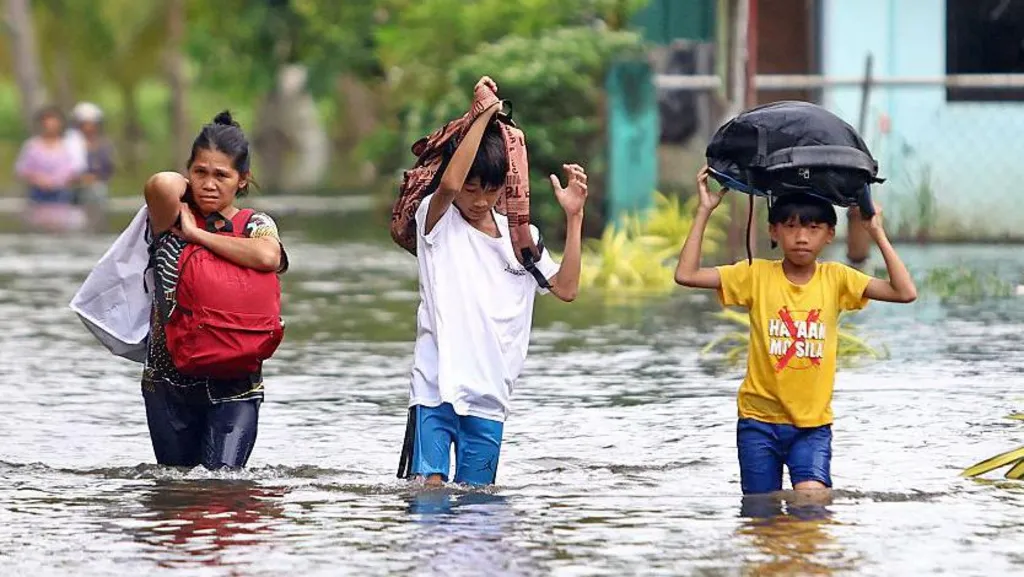The Philippines is bracing for the arrival of another potentially devastating typhoon, less than a week after a different storm killed at least 200 people and left a trail of destruction.
Fung-wong, known locally as Uwan, is forecast to intensify to a super typhoon – with sustained winds of at least 185km/h (115mph) – before making landfall on the island of Luzon on Sunday evening local time at the earliest.
Officials say Typhoon Fung-wong could be even stronger than its predecessor, Kalmaegi, which hit the country on Tuesday.
The storm will also bring heavy rain and the risk of life-threatening storm surges, according to the Philippine meteorological service (Pagasa).
Several schools have either cancelled classes on Monday or moved them online, while Philippine Airlines has cancelled a number of local flights ahead of its arrival.
Typhoon Fung-wong is expected to weaken rapidly once it makes landfall but will likely remain a typhoon as it travels over Luzon.
Eastern parts of the Philippines have already begun experiencing heavy rains and winds, a Pagasa official said in a briefing on Saturday evening local time.
While much of the country is expected to be impacted, there are particular concerns about those areas that could take a direct hit – including the small island of Catanduanes, which lies off the coast of southern Luzon.
Residents there, as well as in other low-lying and coastal areas, have been urged to move to higher ground ahead of the storm’s arrival.
A civil defence spokesman said evacuations had to be carried out by Sunday morning at the latest and should not be attempted during heavy rain and strong winds.
Typhoon Fung-wong has also forced the suspension of rescue operations following the passage of Kalmaegi, one of the strongest typhoons this year.
Heavy rainfall sent torrents of mud down hillsides and into residential areas. Some poorer neighbourhoods were obliterated by the fast-moving flash floods.
At least 204 people are now known to have died in the Philippines as a result of the earlier storm, while more than 100 are still missing.
Five people also died in Vietnam, where strong winds uprooted trees, tore off roofs, and smashed large windows.
